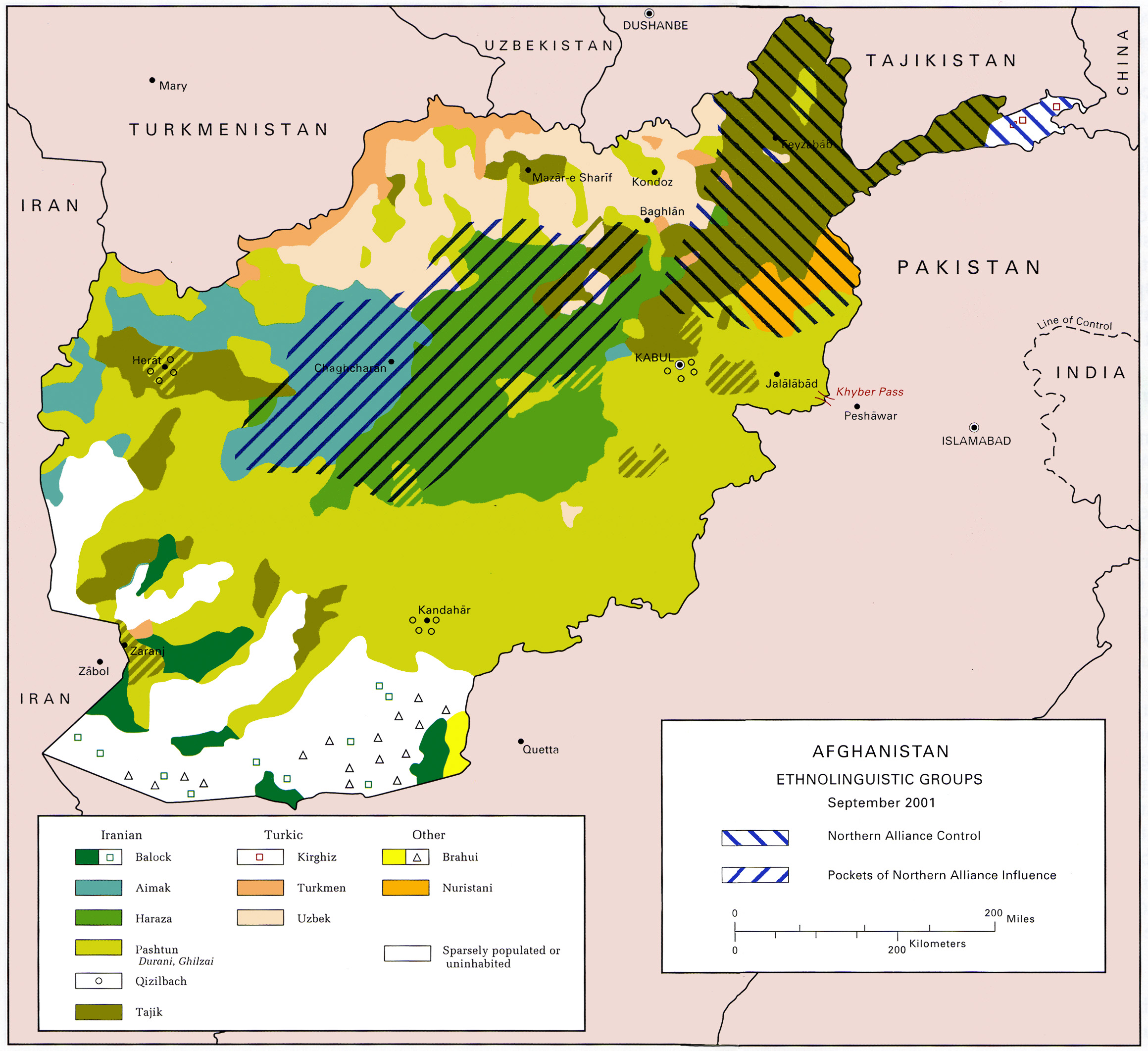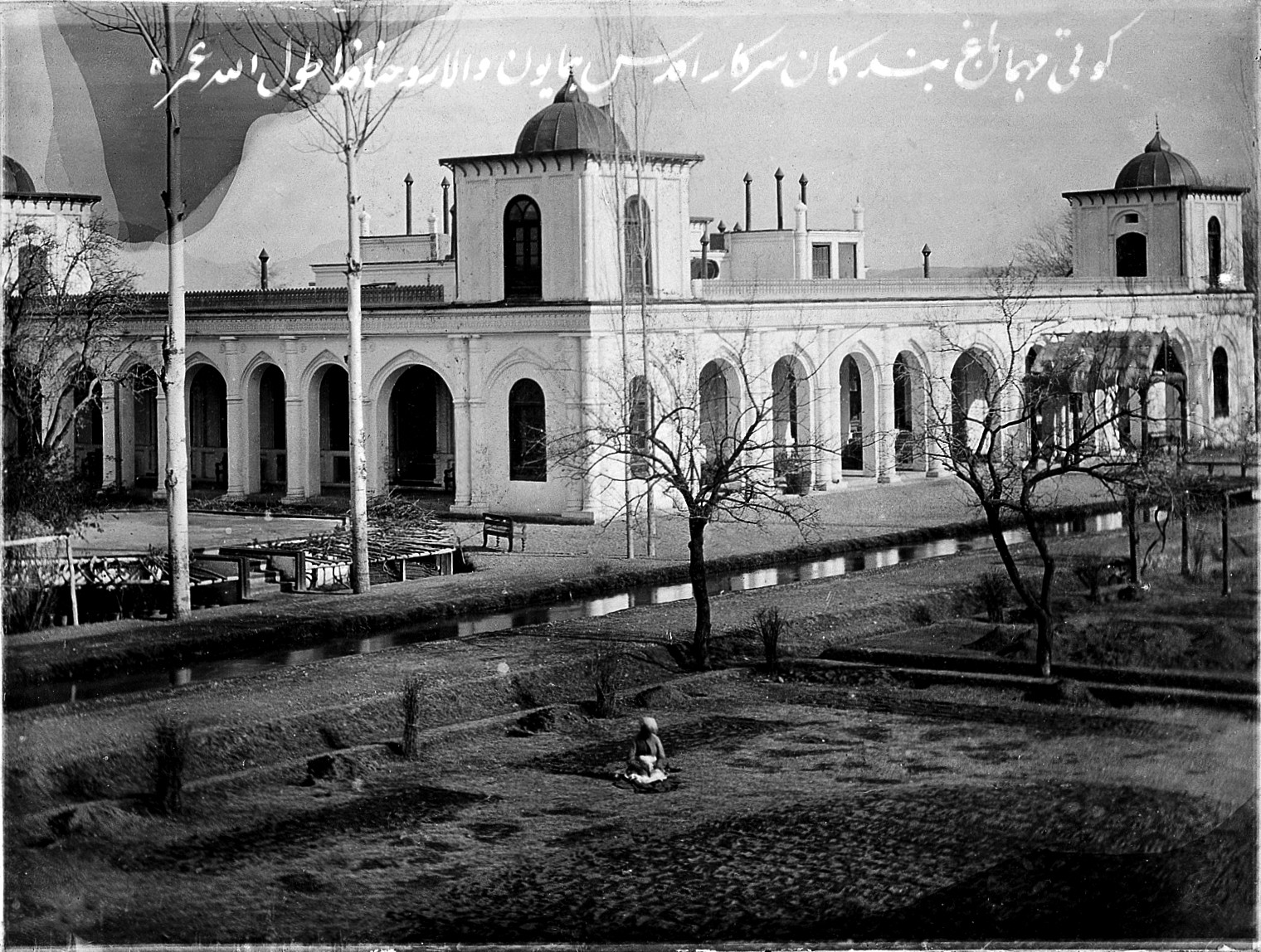|
Nuristani People
The Nuristanis are an Indo-Iranian ethnic group native to the Nuristan Province (formerly Kafiristan) of northeastern Afghanistan and Chitral District of northwestern Pakistan. Their languages comprise the Nuristani branch of Indo-Iranian languages. In the mid-1890s, after the establishment of the Durand Line when Afghanistan and the British Indian Empire reached an agreement regarding the Indo-Afghan border as the region of Kafiristan became part of the Great Game and for a period of time, Emir Abdur Rahman Khan conducted a military campaign to secure the eastern regions and followed up his conquest by imposition of Islam; the region thenceforth being known as ''Nuristan'', the "Land of Light". Before their conversion, the Nuristanis practised an Indo-Iranian (Vedic- or Hindu-like) religion. Non-Muslim religious practices endure in Nuristan today to some degree as folk customs. In their native rural areas, they are often farmers, herders, and dairymen. The Nuristan r ... [...More Info...] [...Related Items...] OR: [Wikipedia] [Google] [Baidu] |
Nuristan Province
Nuristan, also spelled as Nurestan or Nooristan (Pashto: ; Katë: ), is one of the 34 provinces of Afghanistan, located in the eastern part of the country. It is divided into seven districts and is Afghanistan's least populous province, with a population of around 167,000. Parun serves as the provincial capital. Nuristan is bordered on the south by Laghman and Kunar provinces, on the north by Badakhshan province, on the west by Panjshir province, and on the east by Pakistan. The origin of the local Nuristani people has been disputed, ranging from being the indigenous inhabitants forced to flee to this region after refusing to surrender to invaders, to being linked to various ancient groups of people and the Turk Shahi kings. Some Nuristanis claim being descendants of the Greek occupying forces of Alexander the Great. It was formerly called Kafiristan () ("Land of the Infidels") until the inhabitants were forcibly converted from an animist religion with elements from In ... [...More Info...] [...Related Items...] OR: [Wikipedia] [Google] [Baidu] |
Indo-Iranian Languages
The Indo-Iranian languages (also known as Indo-Iranic languages or collectively the Aryan languages) constitute the largest branch of the Indo-European language family. They include over 300 languages, spoken by around 1.7 billion speakers worldwide, predominantly in South Asia, West Asia and parts of Central Asia. Indo-Iranian languages are divided into three major branches: Indo-Aryan, Iranian, and Nuristani languages. The Badeshi language remains unclassified within the Indo-Iranian branch. The largest Indo-Iranian language is the Hindustani language (Hindi-Urdu)."Hindi" L1: 322 million (2011 Indian census), including perhaps 150 million speakers of other languages that reported their language as "Hindi" on the census. L2: 274 million (2016, source unknown). Urdu L1: 67 million (2011 & 2017 censuses), L2: 102 million (1999 Pakistan, source unknown, and 2001 Indian census): ''Ethnologue'' 21. . . The areas with Indo-Iranian languages stretch from Europe ( Romani) and ... [...More Info...] [...Related Items...] OR: [Wikipedia] [Google] [Baidu] |
Kati Ancestor Statues - Brumotul, Bumboret Valley, Chitral (1929)
KATI (94.3 FM broadcasting, FM), branded as 94.3 KAT Country, is a radio station which broadcasts country music and St. Louis Cardinals baseball. Licensed to California, Missouri, the station serves the Jefferson City, Missouri, Jefferson City area and is owned by the Zimmer Radio Group of Mid-Missouri. References External links * * Radio stations in Missouri, ATI Radio stations established in 1982 1982 establishments in Missouri Country radio stations in the United States Moniteau County, Missouri {{Missouri-radio-station-stub ... [...More Info...] [...Related Items...] OR: [Wikipedia] [Google] [Baidu] |
Kati Sacrifice To God Imra
KATI (94.3 FM), branded as 94.3 KAT Country, is a radio station which broadcasts country music and St. Louis Cardinals baseball. Licensed to California, Missouri, the station serves the Jefferson City Jefferson City, informally Jeff City, is the List of capitals in the United States, capital of the U.S. state of Missouri. It had a population of 43,228 at the 2020 United States census, ranking as the List of cities in Missouri, 16th most popu ... area and is owned by the Zimmer Radio Group of Mid-Missouri. References External links * * ATI Radio stations established in 1982 1982 establishments in Missouri Country radio stations in the United States Moniteau County, Missouri {{Missouri-radio-station-stub ... [...More Info...] [...Related Items...] OR: [Wikipedia] [Google] [Baidu] |
Singing Of Kati Hymns
Singing is the art of creating music with the voice. It is the oldest form of musical expression, and the human voice can be considered the first musical instrument. The definition of singing varies across sources. Some sources define singing as the act of creating musical sounds with the voice. Other common definitions include "the utterance of words or sounds in tuneful succession" or "the production of musical tones by means of the human voice". A person whose profession is singing is called a singer or a vocalist (in jazz or popular music). Singers perform music (arias, recitatives, songs, etc.) that can be sung with or without accompaniment by musical instruments. Singing is often done in an ensemble of musicians, such as a choir. Singers may perform as soloists or accompanied by anything from a single instrument (as in art songs or some jazz styles) up to a symphony orchestra or big band. Many styles of singing exist throughout the world. Singing can be formal or ... [...More Info...] [...Related Items...] OR: [Wikipedia] [Google] [Baidu] |
Hinduism
Hinduism () is an Hypernymy and hyponymy, umbrella term for a range of Indian religions, Indian List of religions and spiritual traditions#Indian religions, religious and spiritual traditions (Sampradaya, ''sampradaya''s) that are unified by adherence to the concept of ''dharma'', a Ṛta, cosmic order maintained by its followers through rituals and righteous living, as expounded in the Vedas. The word ''Hindu'' is an exonym, and while Hinduism has been called the oldest religion in the world, it has also been described by the modern term ''Sanātana Dharma'' () emphasizing its eternal nature. ''Vaidika Dharma'' () and ''Arya dharma'' are historical endonyms for Hinduism. Hinduism entails diverse systems of thought, marked by a range of shared Glossary of Hinduism terms, concepts that discuss God in Hinduism, theology, Hindu mythology, mythology, among other topics in Hindu texts, textual sources. Hindu texts have been classified into Śruti () and Smṛti (). The major Hin ... [...More Info...] [...Related Items...] OR: [Wikipedia] [Google] [Baidu] |
Historical Vedic Religion
The historical Vedic religion, also called Vedism or Brahmanism, and sometimes ancient Hinduism or Vedic Hinduism, constituted the religious ideas and practices prevalent amongst some of the Indo-Aryan peoples of the northwest Indian subcontinent (Punjab and the western Ganges plain) during the Vedic period ( 1500–500 BCE). These ideas and practices are found in the Vedic texts, and some Vedic rituals are still practised today. The Vedic religion is one of the major traditions which Origins of Hinduism, shaped modern Hinduism, though present-day Hinduism is significantly different from the historical Vedic religion. The Vedic religion has roots in the Indo-Iranians, Indo-Iranian culture and religion of the Sintashta culture, Sintashta ( 2200–1750 BCE) and Andronovo culture, Andronovo ( 2000–1150 BCE) cultures of Eurasian Steppe. This Indo-Iranian religion borrowed "distinctive religious beliefs and practices" from the non-Indo-Aryan Bactria–Margiana Archaeological Compl ... [...More Info...] [...Related Items...] OR: [Wikipedia] [Google] [Baidu] |
Forced Conversion
Forced conversion is the adoption of a religion or irreligion under duress. Someone who has been forced to convert to a different religion or irreligion may continue, covertly, to adhere to the beliefs and practices which were originally held, while outwardly behaving as a convert. Crypto-Jews, Crypto-Christians, Crypto-Muslims, Crypto-Hindus and Crypto-Pagans are historical examples of the latter. Religion and proselytization The religions of the world are divided into two groups: those that actively seek new followers (missionary religions) and those that do not (non-missionary religions). This classification dates back to a lecture given by Max Müller in 1873, and is based on whether or not a religion seeks to gain new converts. The three main religions classified as missionary religions are Christianity, Islam, and Buddhism, while the non-missionary religions include Judaism, Hinduism, and Zoroastrianism. Other religions, such as Primal Religions, Confucianism, and T ... [...More Info...] [...Related Items...] OR: [Wikipedia] [Google] [Baidu] |
Abdur Rahman Khan
Abdur Rahman Khan (Pashto: ) (between 1840 and 1844 – 1 October 1901) also known by his epithet, The Iron Amir, was Amir of Afghanistan from 1880 to his death in 1901. He is known for perpetrating the Hazara genocide, but also uniting the country after years of internal fighting and negotiation of the Durand Line Agreement with British India. Abdur Rahman Khan was the only son of Mohammad Afzal Khan, and grandson of Dost Mohammad Khan, founder of the Barakzai dynasty. Abdur Rahman Khan re-established the writ of the Afghan government after the disarray that followed the second Anglo-Afghan war. He became known as ''The Iron Amir'' because of his government's military despotism. This despotism rested upon a well-appointed army and was administered through officials subservient to an inflexible will and controlled by a widespread system of espionage. The nickname, ''The Iron Amir'', is also associated due to his victory over a number of rebellions by various tribes who ... [...More Info...] [...Related Items...] OR: [Wikipedia] [Google] [Baidu] |
Emir
Emir (; ' (), also Romanization of Arabic, transliterated as amir, is a word of Arabic language, Arabic origin that can refer to a male monarch, aristocratic, aristocrat, holder of high-ranking military or political office, or other person possessing actual or ceremonial authority. The title has a history of use in West Asia, East Africa, West Africa, Central Asia, and South Asia. In the modern era, when used as a formal monarchical title, it is roughly synonymous with "prince", applicable both to a son of a hereditary monarch, and to a reigning monarch of a sovereign principality, namely an emirate. The female, feminine form is emira ( '), with the same meaning as "princess". Prior to its use as a monarchical title, the term "emir" was historically used to denote a "commander", "general", or "leader" (for example, Amir al-Mu'min). In contemporary usage, "emir" is also sometimes used as either an honorary or formal title for the head of an Islamic, or Arab (regardless of relig ... [...More Info...] [...Related Items...] OR: [Wikipedia] [Google] [Baidu] |
Great Game
The Great Game was a rivalry between the 19th-century British Empire, British and Russian Empire, Russian empires over influence in Central Asia, primarily in Emirate of Afghanistan, Afghanistan, Qajar Iran, Persia, and Tibet. The two colonial empires used military interventions and diplomatic negotiations to acquire and redefine territories in Central Asia, Central and South Asia. Russia Russian Turkestan, conquered Turkestan, and Britain expanded and set the borders of British India. By the early 20th century, a line of independent states, tribes, and monarchies from the shore of the Caspian Sea to the Eastern Himalayas were made into protectorates and territories of the two empires. Though the Great Game was marked by distrust, diplomatic intrigue, and regional wars, it never erupted into a full-scale war directly between Russian and British colonial forces. However, the two nations battled in the Crimean War from 1853 to 1856, which affected the Great Game. The Russian and ... [...More Info...] [...Related Items...] OR: [Wikipedia] [Google] [Baidu] |







